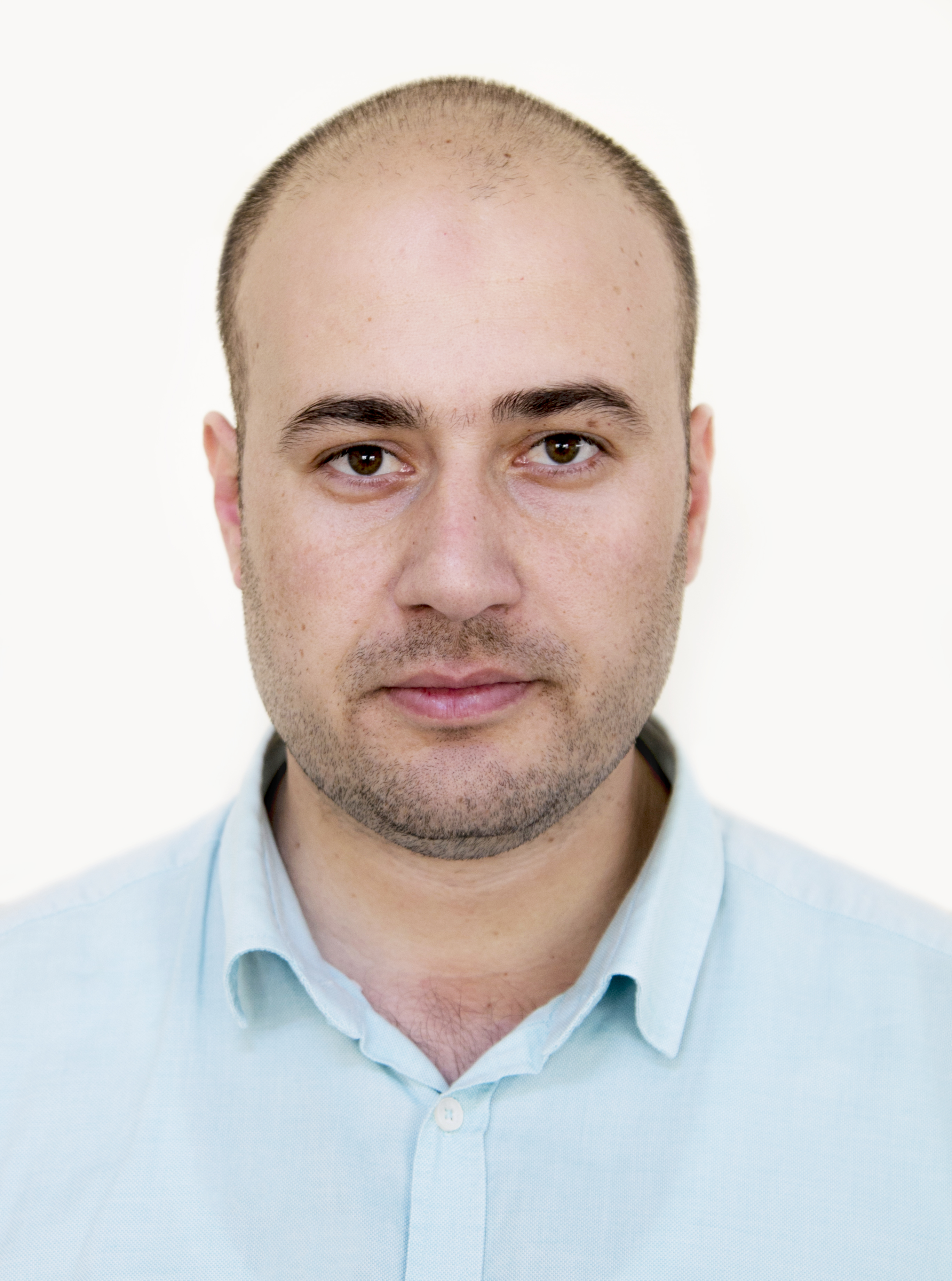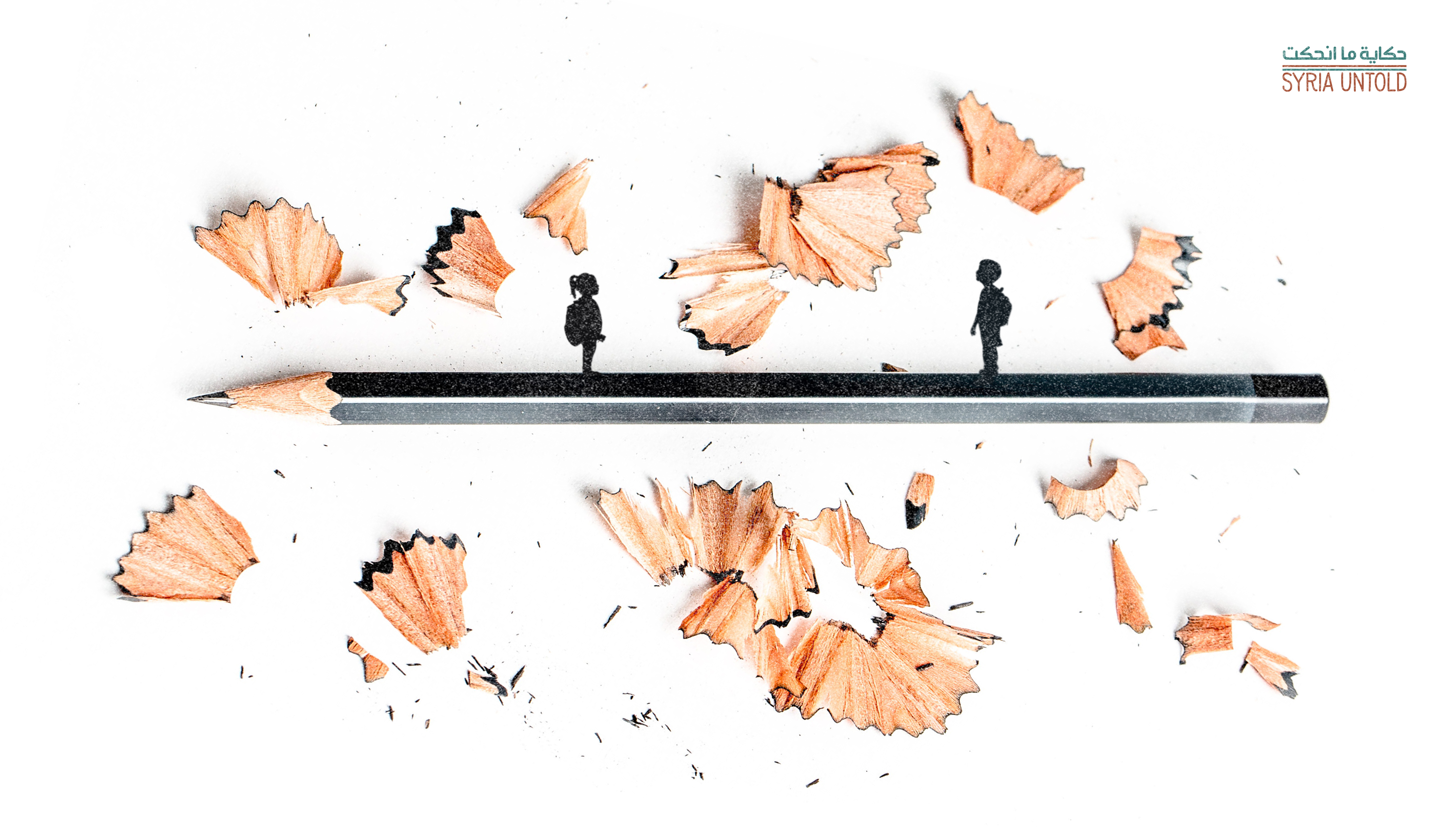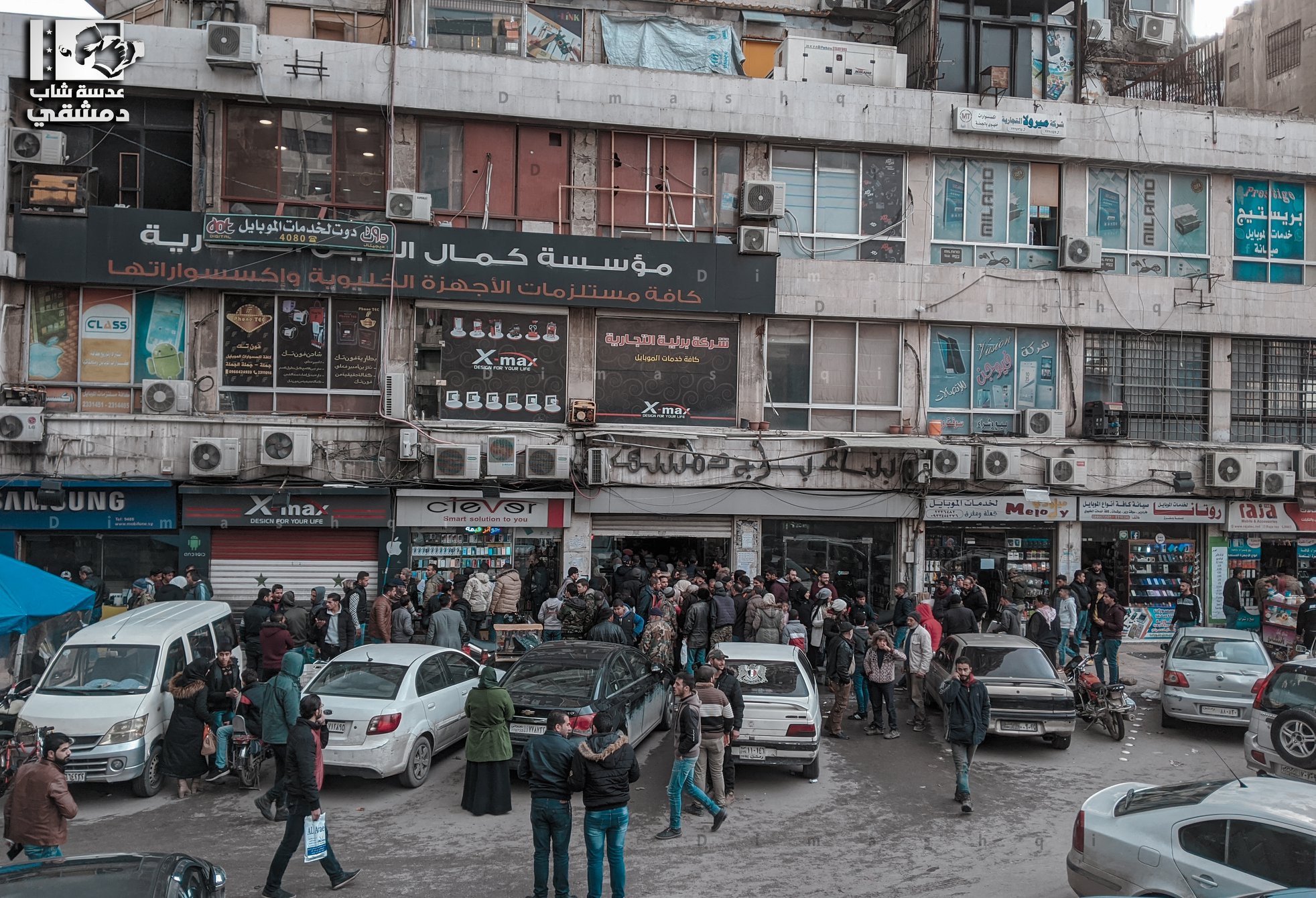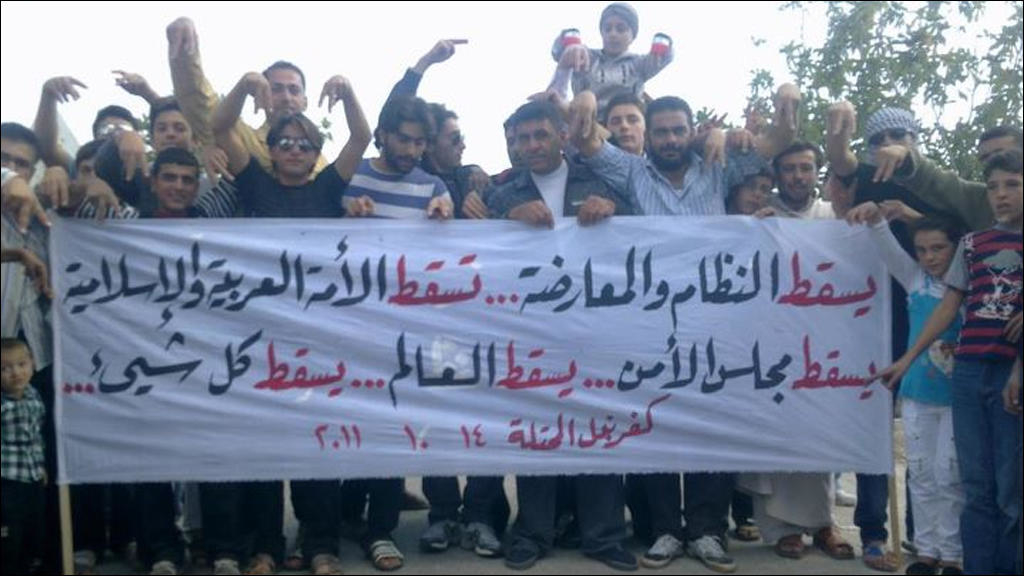I usually visit Syria for work or family reasons. Only this time, I wish I hadn’t.
I grew up here. And every time I go, I see the situation getting worse than it was before, in all kinds of ways.
Here, people’s faces look different from those of the refugees living in Turkey, or Turkish people themselves, The infrastructure—buildings, streets, pavements, schools and just about everything else—is in a dangerous state of disrepair. Services are dwindling: whether fuel, basic goods or medical supplies.
Some might say that this situation is totally understandable after nine years of war. But what I witnessed on my last visit to northwestern Syria was beyond even my worst expectations.
Roads overflowing with the displaced
The roads are built for four lanes of traffic and yet, unfortunately, they are now completely full. People are fleeing in two directions towards the city of Idlib—from the direction of Saraqeb and the surrounding rural areas where the battles are still raging; and from the direction of Aleppo, from Atareb and its surrounding countryside specifically, where people are fleeing a death that has become all but inevitable.
People were displaced quickly, fleeing in an attempt to save their lives. Now, there are all types of vehicles on the road—including motorcycles. Every vehicle carries everything that people can carry: pillow-cases, blankets, enough clothing to last a week. This displacement is not inhumane, it is the most miserable displacement on earth. The scene viewed from my father’s balcony is indescribable; there are not enough words to describe what my eyes are seeing.
I see families along the pavement a little further from the main road. They've got down from their vehicles, trying to find a place on the hillsides or under the cover of trees, a kind of roof to protect them from the harsh winter weather. Some families sit on mud-stained carpets stained, others on rocks.
While I was passing down the middle of the street, I looked around in the hope of seeing the neighbourhood, the greenery. Five minutes of daydreaming was enough to bring back my memories. During my high school days, I used to go out into nature during springtime and study. I would see farmers out on the roads, cars would pass every three or five minutes. Those beautiful memories have all but dissipated now—dissipated forever, or at least for several generations.
For the first time in my life, I see families along the pavement a little further from the main road. They've got down from their vehicles, trying to find a place on the hillsides or under the cover of trees, a kind of roof to protect them from the harsh winter weather. Some families sit on mud-stained carpets stained, others on rocks. If you follow the road to al-Dana, you will find that there are pickup trucks or trucks. The back section of each one of these trucks is covered with a thick cover or tarpaulin, as if it was a temporary home. These inhumane conditions go beyond all expectations. I am left speechless.
When there is no suitable place for you or your family to live, let alone sleep, even the simplest everyday tasks—like taking a shower—become impossible. If you look at the condition of these families, you will see them not looking for food or clothes, despite the fact they are in great need of both. They only look for shelter. A tent with a roof and three sides, that's all that’s needed.
During my time at university, I remember hearing about the “American Dream” for the first time. But today I have seen the “Syrian Dream" and realised it for what it is: modest. And yet in spite of all its modesty, even that dream cannot be achieved.
What about the displaced living in rented homes? In camps? In tents? What about the people living without a roof over their heads? Can you imagine their situation?
A tsunami of cold
When you walk the streets, you see women, teenagers and children out walking, but in light clothing that doesn’t protect them from the cold. Rather, their skin looks almost blue from the cold.
Ordinarily, I'm settled in Gaziantep, the city in southern Turkey. Even Gaziantep’s streets are warmer than the interior of homes in Syria, where there is no infrastructure for water or heating.
I experienced that cold in my father’s house, even though my parents are still living in their own home. So what about the displaced living in rented homes? In camps? In tents? What about the people living without a roof over their heads? Can you imagine their situation?
Several children have died in recent weeks because of the cold. It’s as if a tsunami of frost swept its way across Syria.
One of my newly displaced friends from Atarib whispers in my ear: "It is so cold. We haven't been warm in two days.”
These are the displaced who revolted for so long, contributing to opposition activities while at the same harbouring displaced Syrians from other areas of the country for years. Now they are the ones being displaced from their homes into the unknown. They suffer from cold and extreme conditions.
If no one complains to you about the cold, just know that it is his dignity stopping him from talking about it. People desperately need warmth and shelter.
There are no longer any homes available for rent. Only a small patch of geography remains, with some 3.9 million people living inside it. To make matters worse, fuel prices are steadily increasing while employment opportunities dwindle.
“A man can be destroyed but not defeated," Ernest Hemingway once said. So even though people in northwestern Syria are now being devastated by the harsh circumstances, they are still fighting. They are in their last battle against all their challenges. And they will not accept any kind of defeat, only to return stronger than before—victorious one day, perhaps, with hope.








